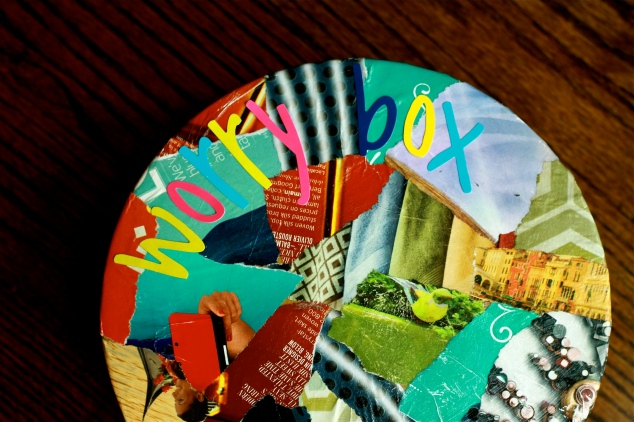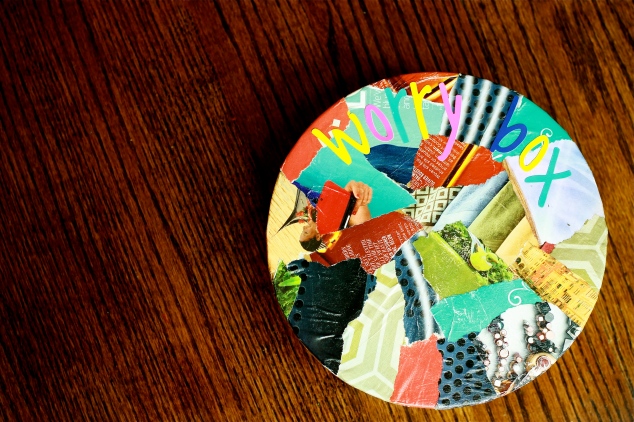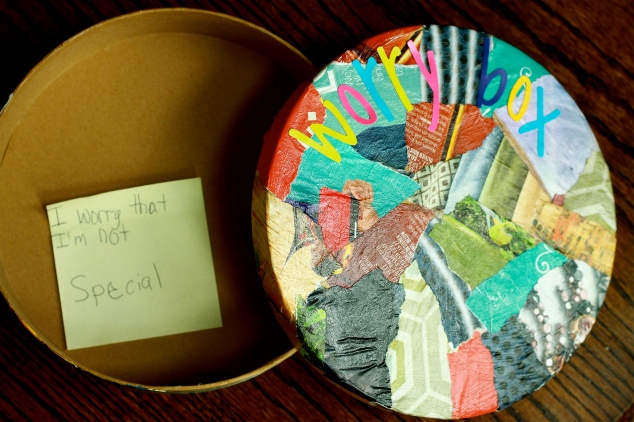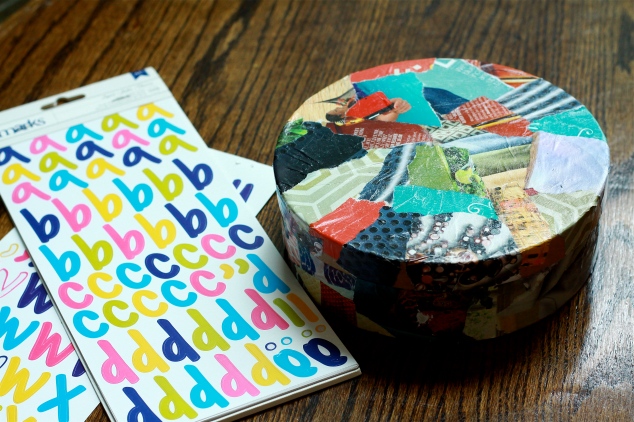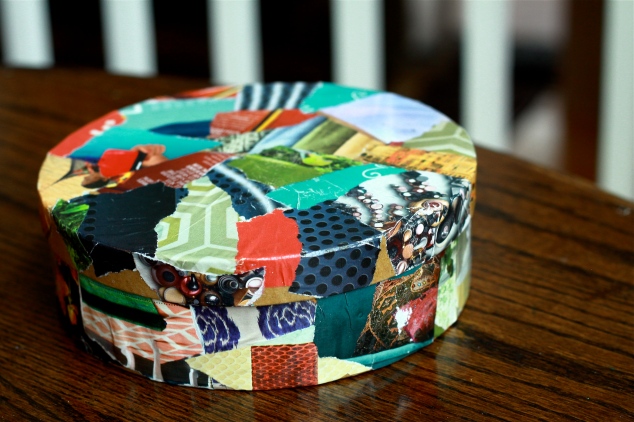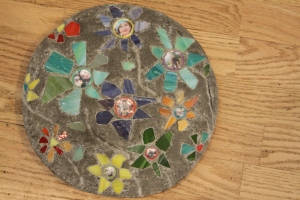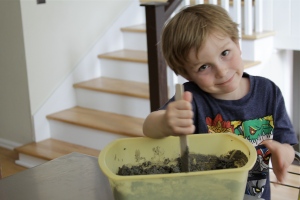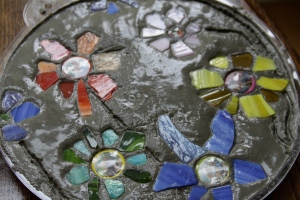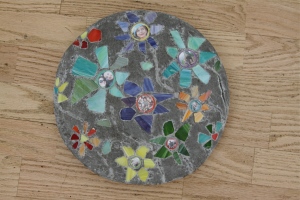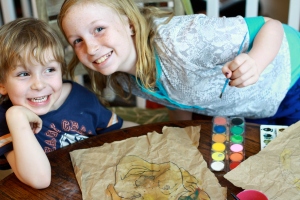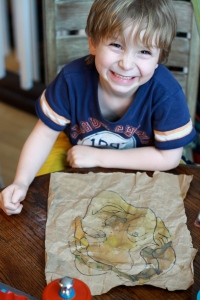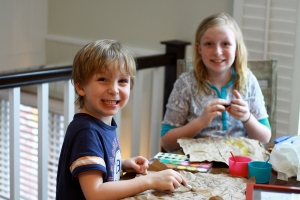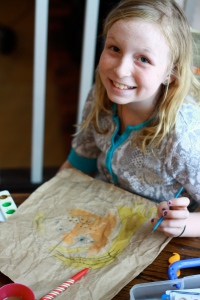As parents, we strive to help our children understand who they are & what they believe in. We want our children to understand and recognize their feelings, to be able to calm themselves when they’re upset, and to have the coping skills to overcome struggles. We need to help them grow into their authentic selves feeling loved and accepted. Self-awareness exercises like the one I’m describing today, can help kiddos come to know themselves better.
A fun and useful exercise between parent and child is to pass a journal back and forth nightly. Pre-teens and Teens really seem to do well with this concept. My own daughter and I do this and I’ve learned so much about her sweet little 12-year-old soul. I believe talking and journaling are not mutually exclusive – but they are mutually beneficial!! Journaling has become a tool in our toolbox to be sure there is an open door communication policy and in helping my daughter come to “know” herself better.
If you choose to employ a journal, you’ll find you communicate a little differently when you write, because you have time to think. It’s also quite possible that the child will “hear” you better when you write. And, you might notice that she’ll be braver when she writes. Sometimes writing and reading gives you just enough distance… to be totally honest!
This exercise can be especially important when children have difficult topics, memories or feelings they are struggling with. Remain aware that your questions can bring up strong feelings/memories for foster/adoptive children. Remain aware that addressing these strong feelings in writing gives you ample time to process and formulate your best response.
When kiddos reach middle school, it’s becomes very typical for them to communicate through writing. They don’t call each other, they text!! It’s exciting to see how your journal paves the way for your child to talk to you as they do their friends.
Mutually, you will find meaning in this exercise and will come to appreciate the time capsule you are constructing. Everything, from what you’re writing about, to her handwriting and the expressions she uses, captures her in this moment. Your journal pages can be more powerful than a photograph.
You’ll need to decide a couple of key things:
Who is allowed to see this journal? For trust to be built, you both must honor this decision. The journal is just between my daughter and myself in our house.
How will you pass the journal back and forth? We leave it under each others pillow on most nights.
When can you expect a response? Sometimes life gets in the way and we just let each other know that we weren’t able to get our entry done. We leave a sticky note that says “Response needed ASAP” if it’s urgent.
Do you want to use a fancy journal or just use a standard notebook? Either works great; although the blank journal or spiral notebook allows for more flexibility and the ability to come up with your own questions/topics. We’ve used all three, including a wonderful journal called Just Between Us: A no-stress, no-rules journal for girls and their moms. You can find it HERE.
What to write? It’s up to you! There are no rules for this activity. Of course, you should do what feels right for you! Some days you might feel like there’s nothing to say. Don’t be afraid to doodle or share an inspiring quote instead. Consider using the below list of questions as journaling prompts. As you get started, it might feel more comfortable to stick to the more “superficial” of these topics.
- What are your strengths?
- If you could live anywhere in the world, where would it be?
- What are your goals for this school year?
- Who do you talk to when you have a problem? How do they help?
- What do you like to do for fun?
- What are you worried about?
- What do you wish you parents knew about you? What do you wish your friends or classmates knew about you?
- If you could have one wish, what would it be?
- What do you feel ashamed of?
- Where do you feel safest?
- If you weren’t afraid, what would you do?
- Have you ever felt like a failure? How did you cope?
How can you tell that you’re getting angry? What does your body feel like? - What’s something that adults say to you that’s really stuck with you? Do you think their right?
- What do you do when people don’t seem to like you?
- What is your proudest accomplishment?
- What things feel “in” your control? What things feel “out” of your control?
- What do you like about your school? What do you dislike?
- What do you do when you’re stressed out?
- What’s something nice you can say about yourself?
- What’s your happiest memory?
- What do you do when you’re feeling down? Do you think it’s okay to cry? Do you think it’s ok to yell?
- What is your favorite book, movie, band, food, color, animal?
- What do you like about yourself?
- What do you like talking about? What do you find it hard to talk about?
- What are three things you might like to be when you grow up?
- Who are your best friends? What do you look for in a friend? What are challenges you face in friendship?
- Before you fall asleep, what do you think about? What do you dream about? What’s the first thing you think of when you wake up?
- Have you ever let fear stop you from doing something you wanted to do?
- How are you and I the same? How are you and I different?
- What do you need to know about crushes and dating?
- What are things you’d love for us to do together?
- If you could do one crazy thing without consequences, what would it be?
- What do you love about school? What do you not love about school? How do you feel about your grades? What has your greatest learning experience been?
- How do you feel about the activities you’re involved in? What takes up too much of your time? What do you wish you could spend your time doing?
- These are Compliments I want to give you… What compliments would you like to give me?
- What have you learned from our journal?
In the event that you know journaling is NOT your thing, these questions have a lot of value as talking points too. Talking with your children is one of the most critical steps of healthy parenting. Speaking honestly and clearly, responding calmly, and listening carefully will occur only if children are provided with models and opportunities to practice. Kids need to learn to share more than just their belongings…
~Stacy Dinkel, M.A.




